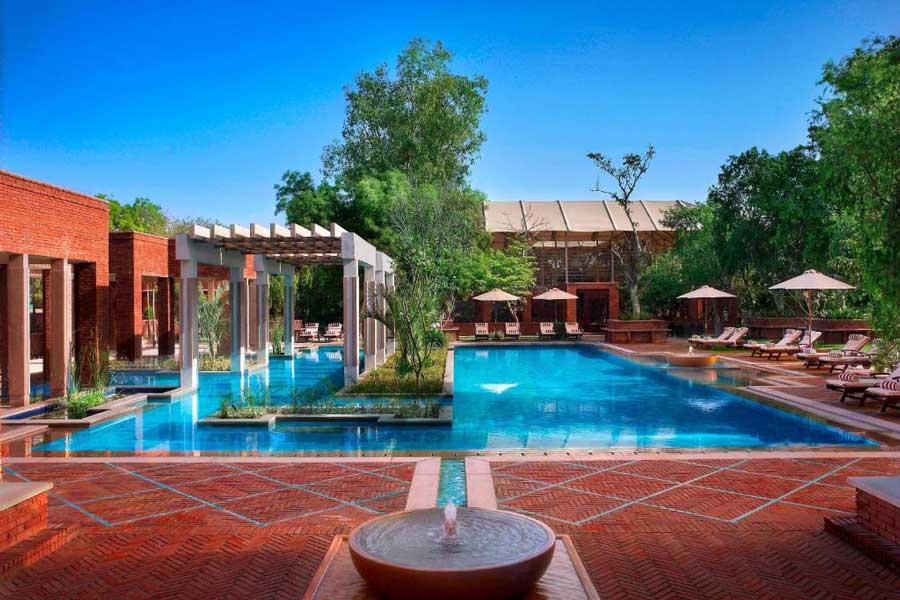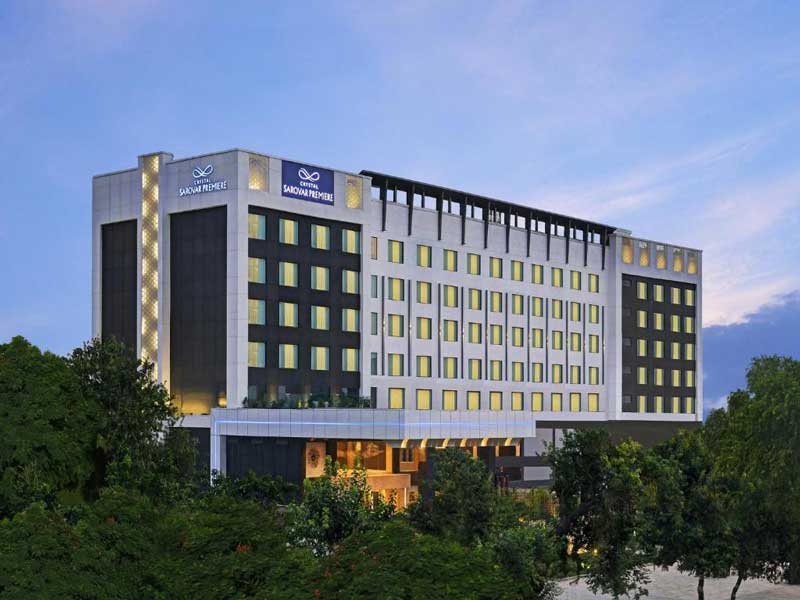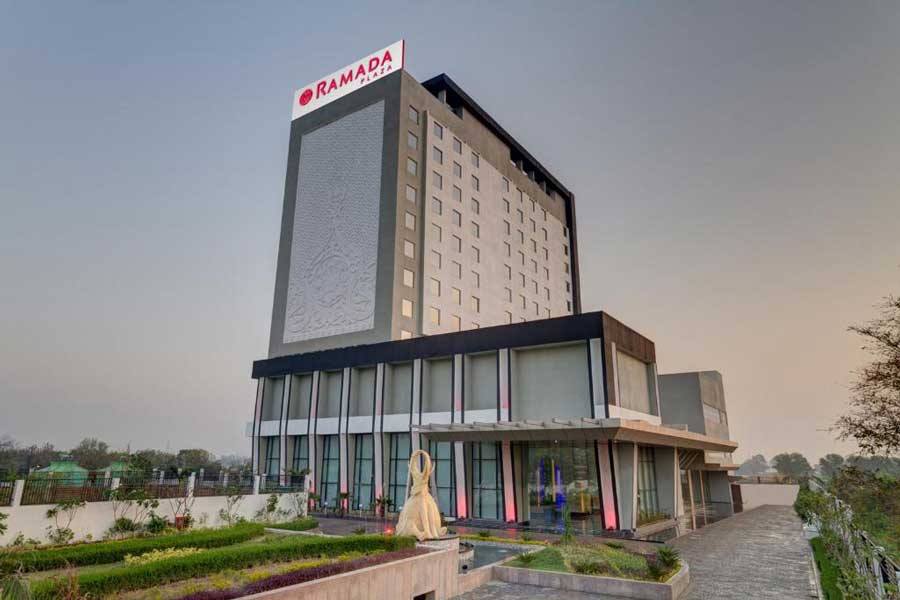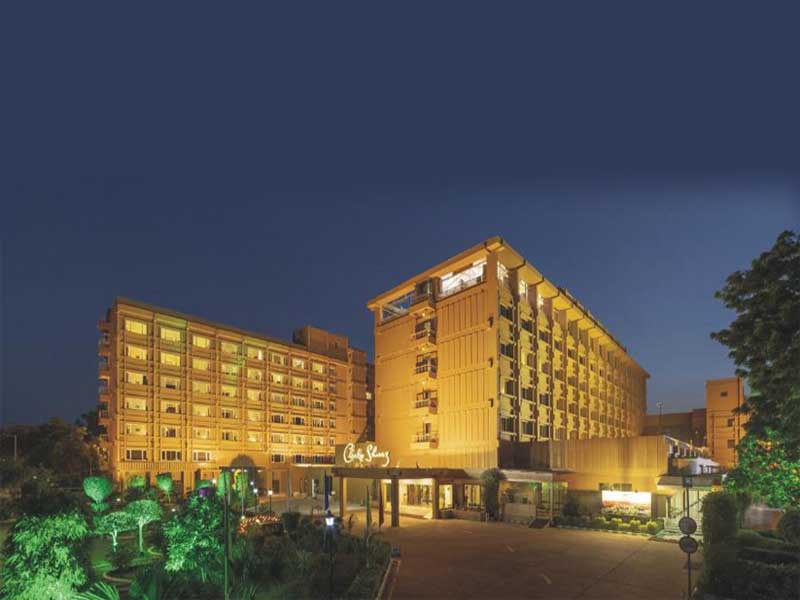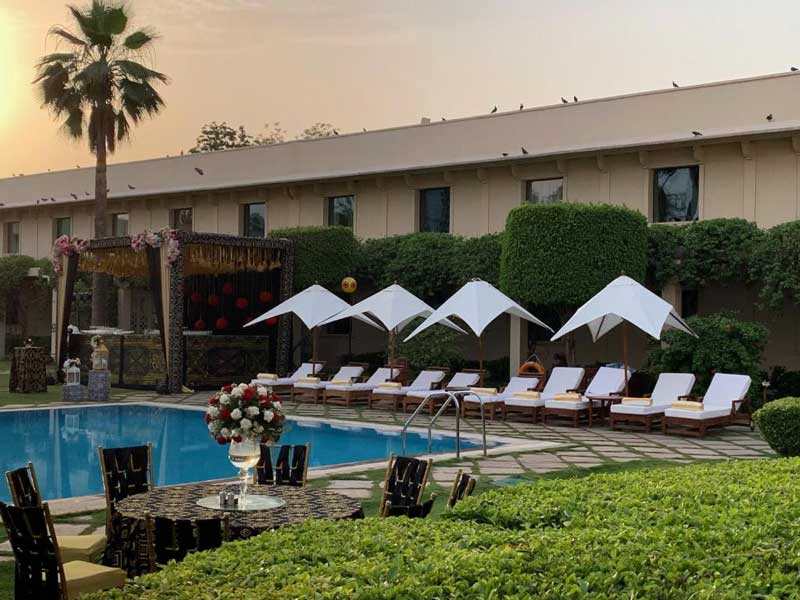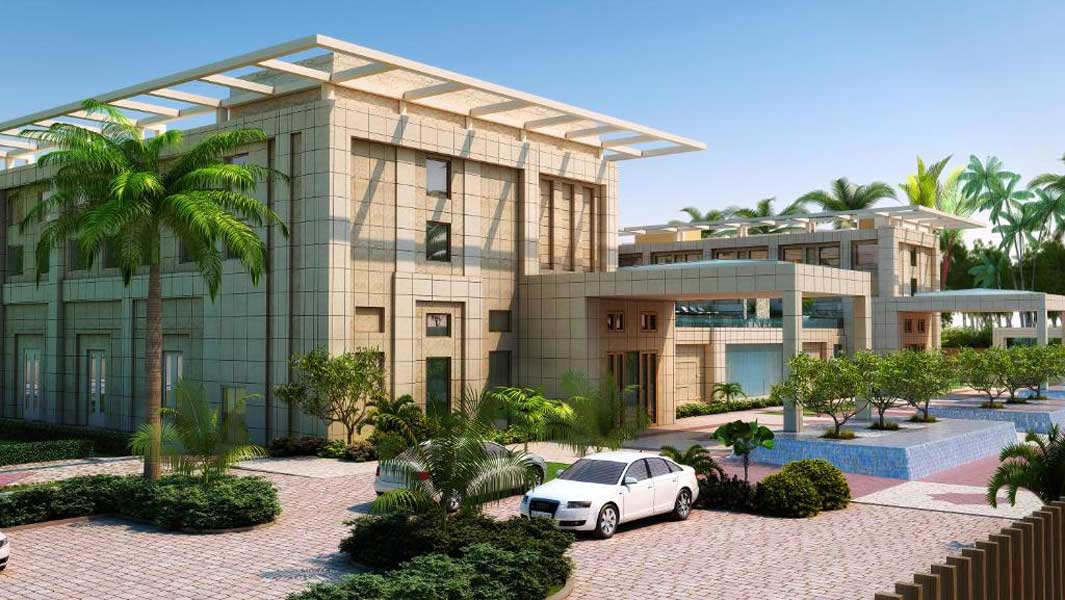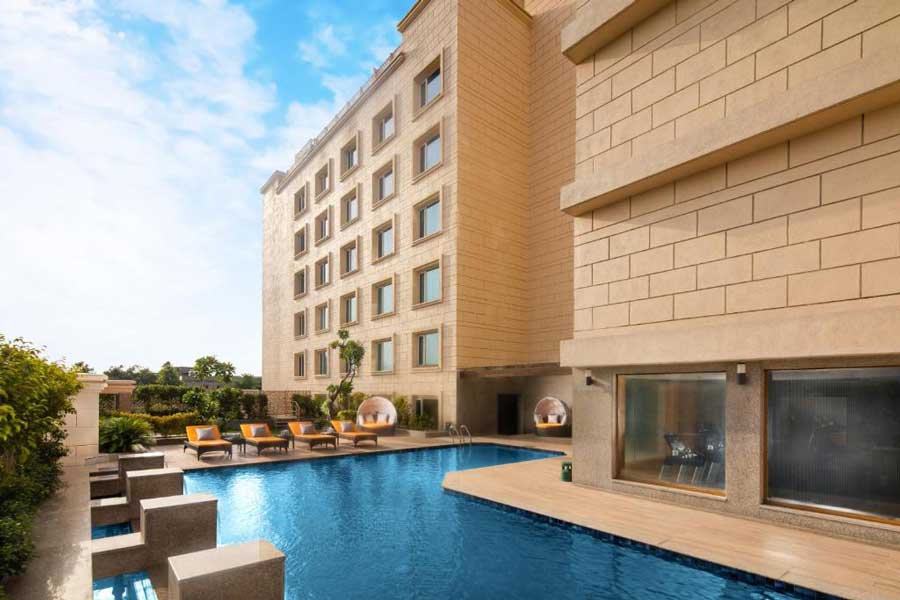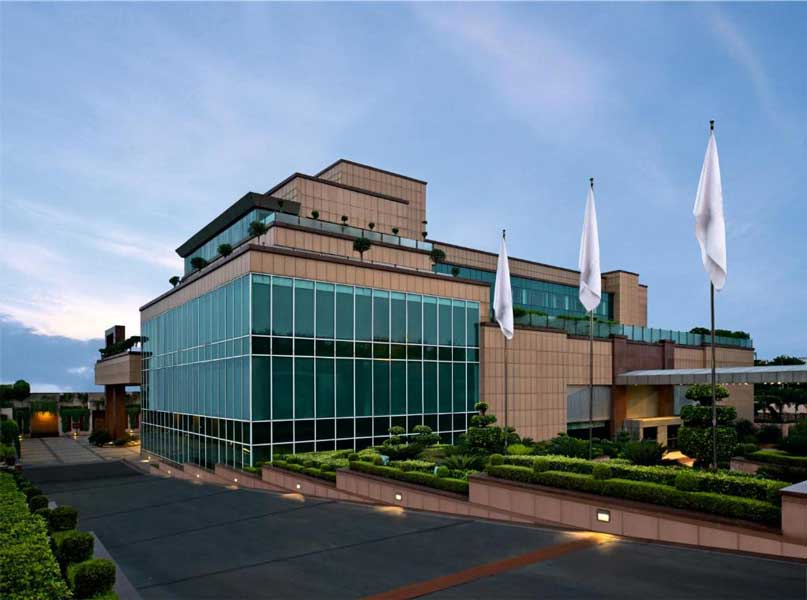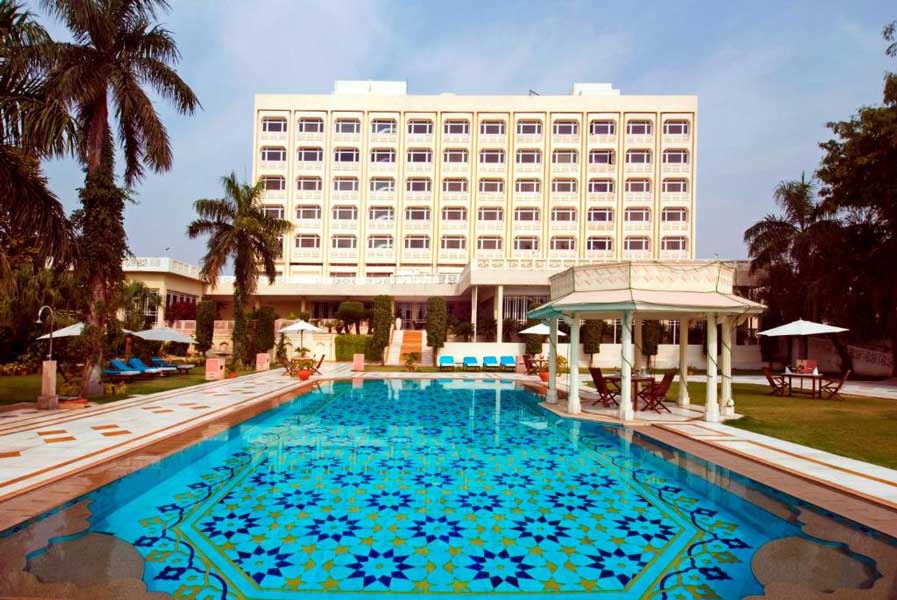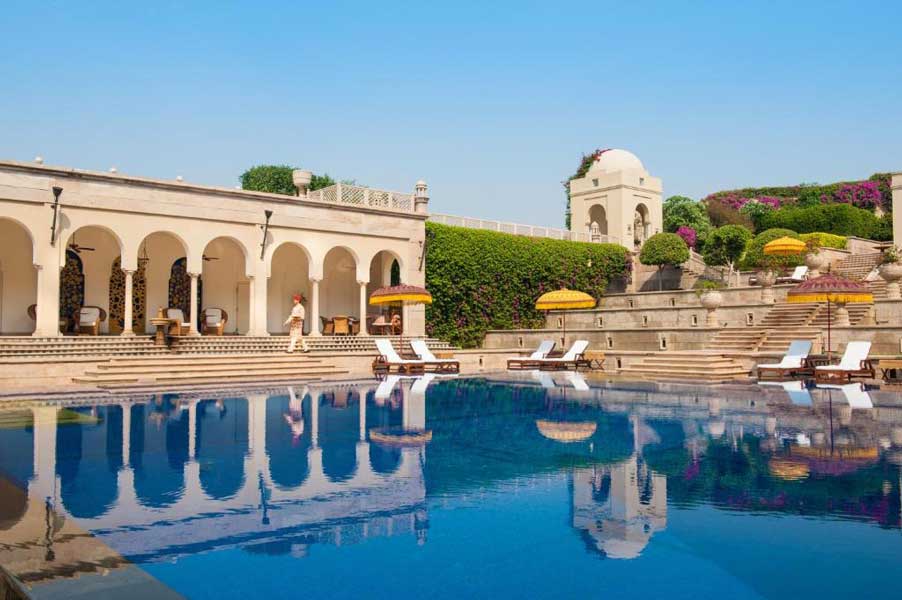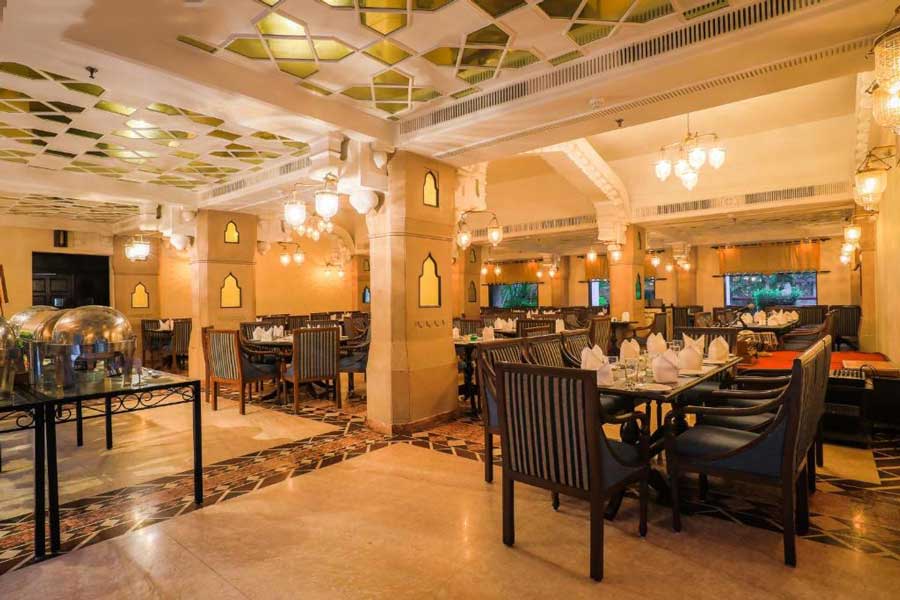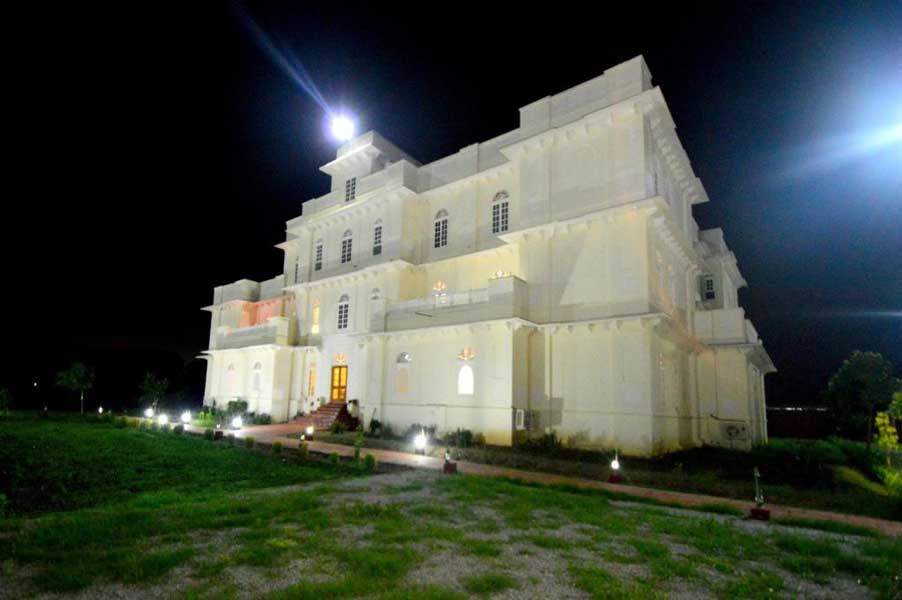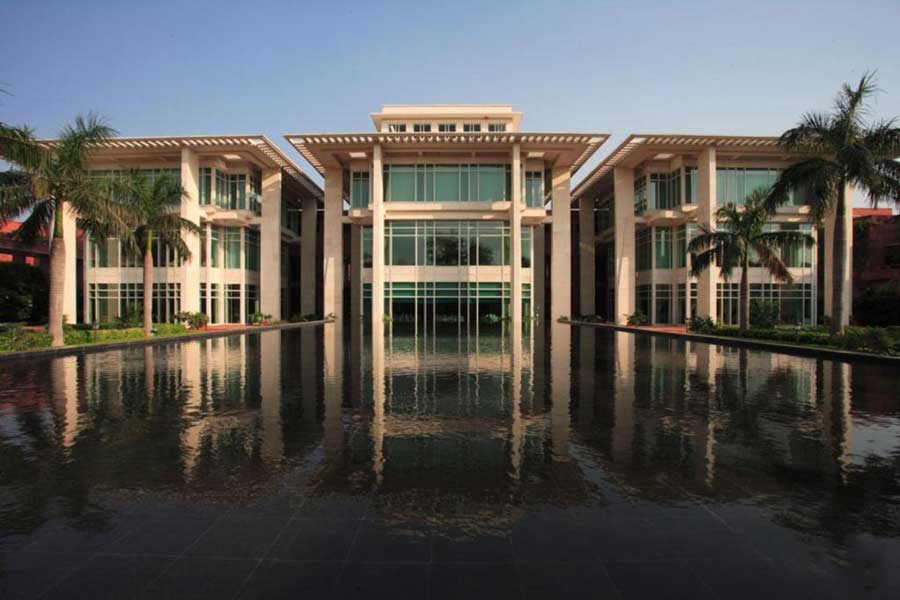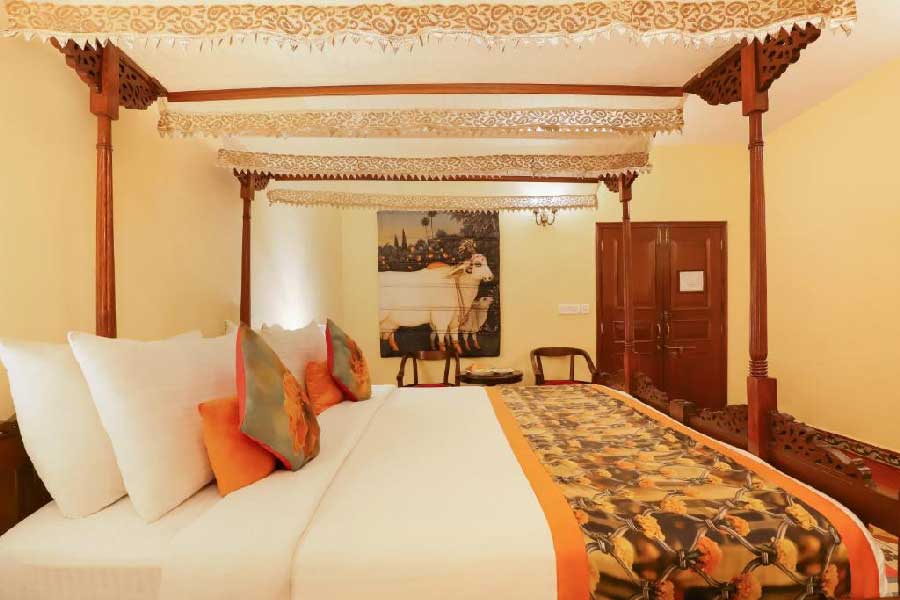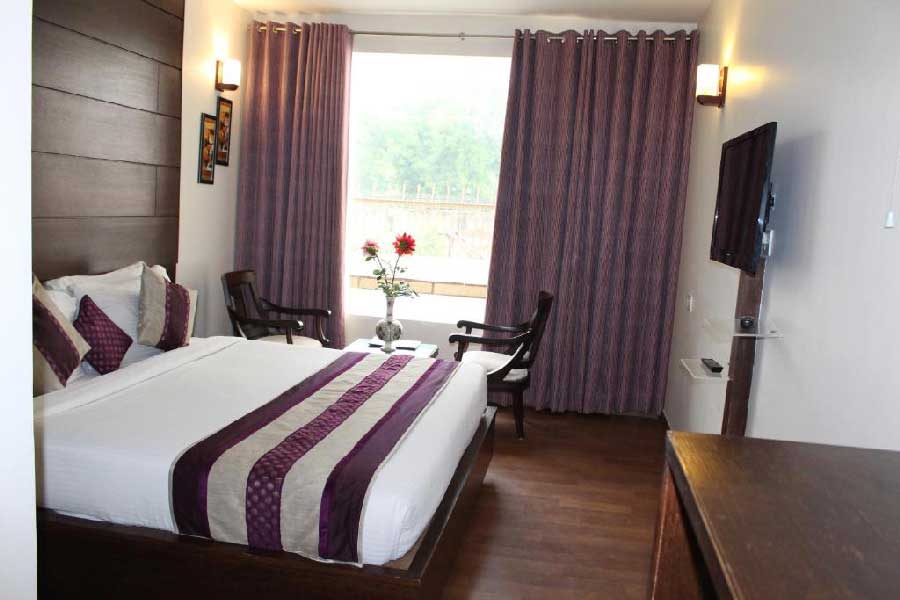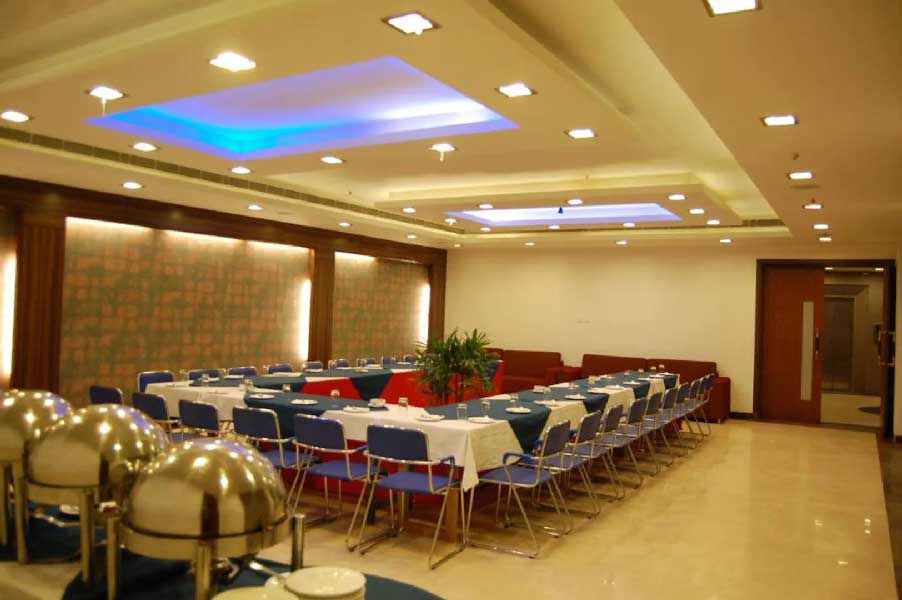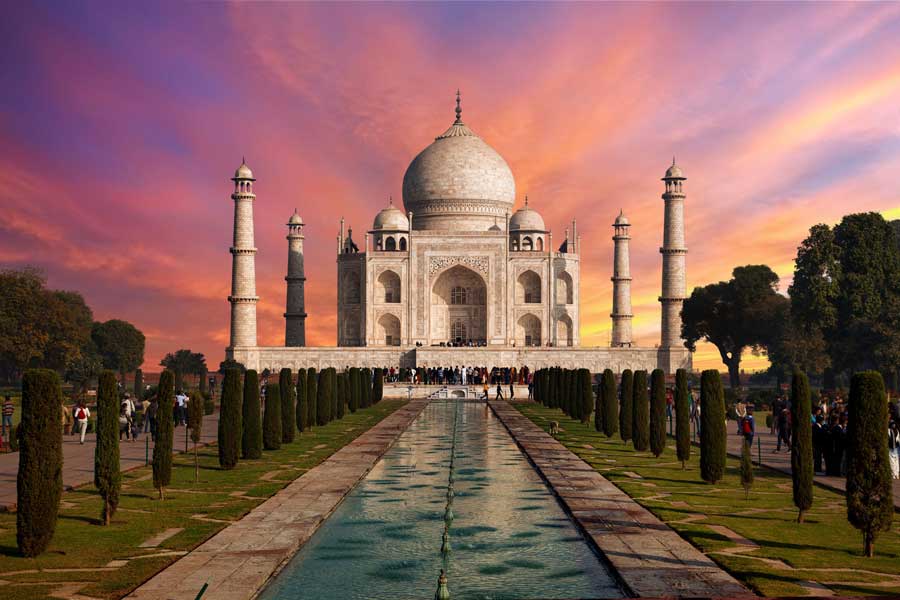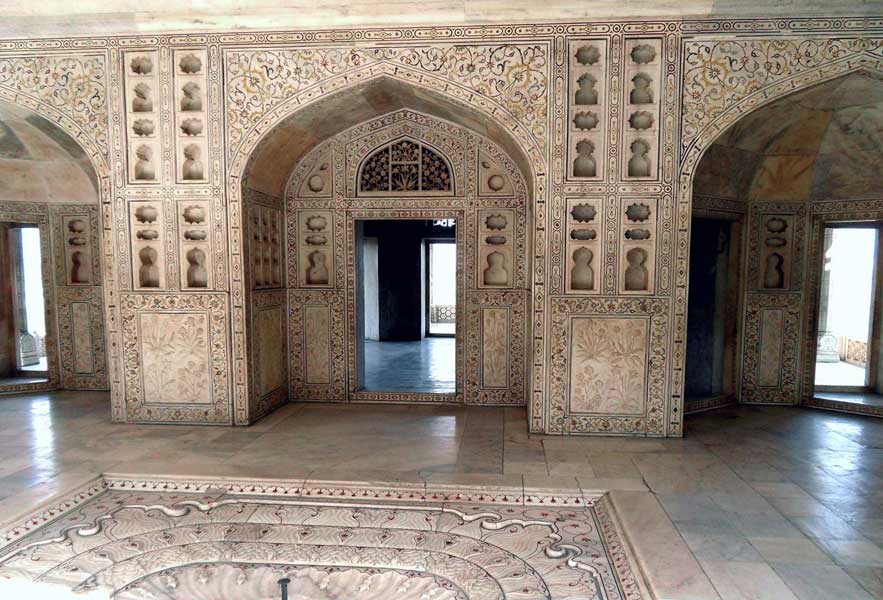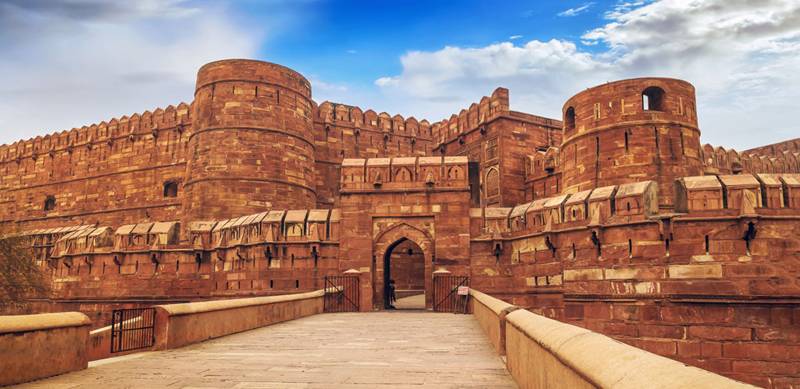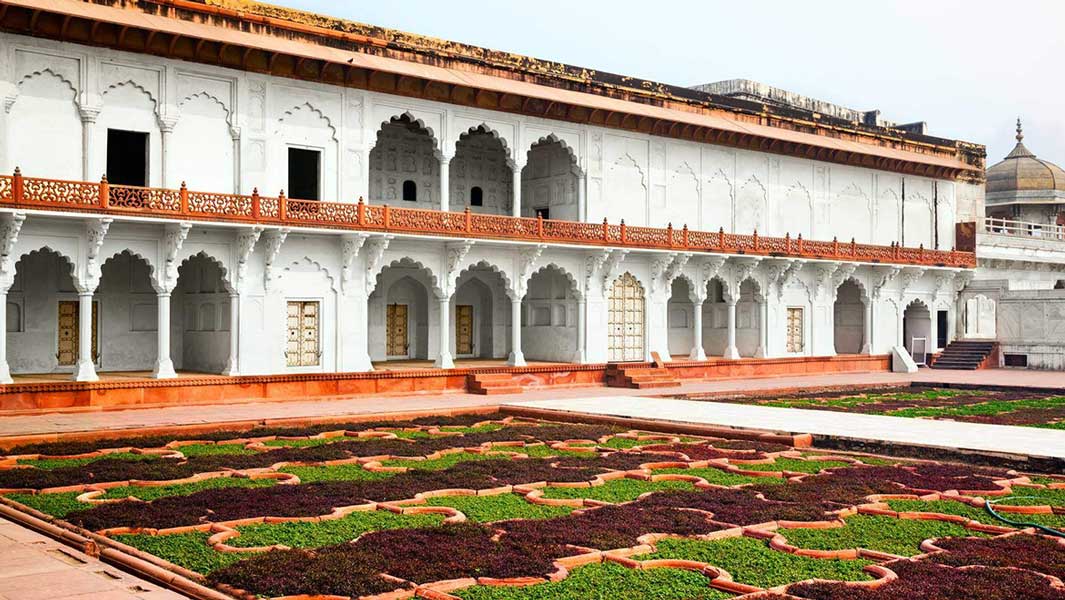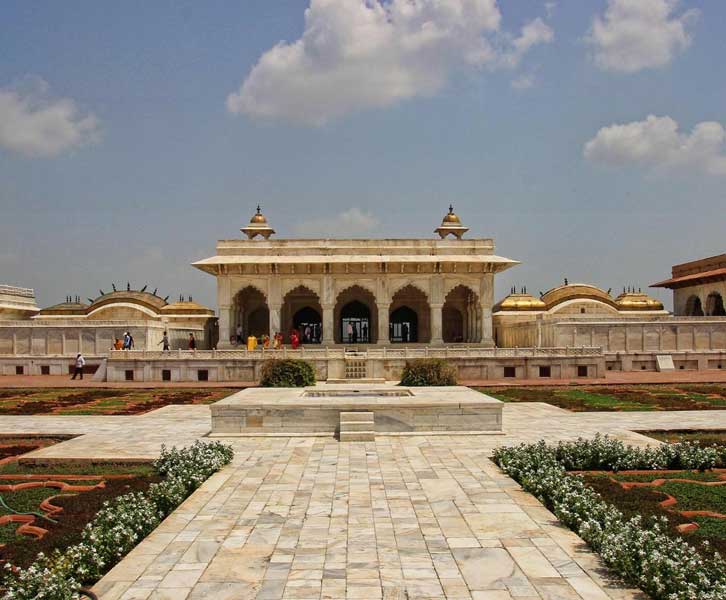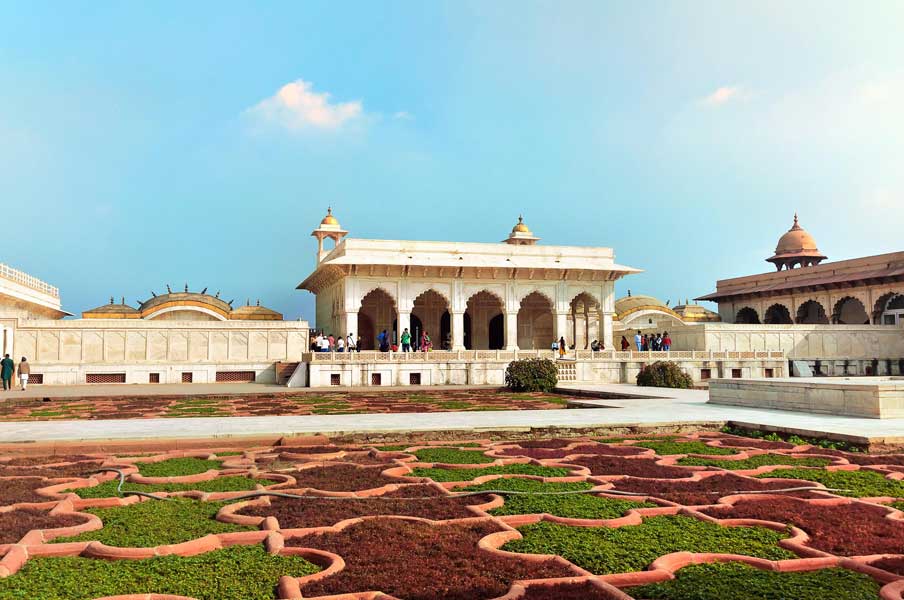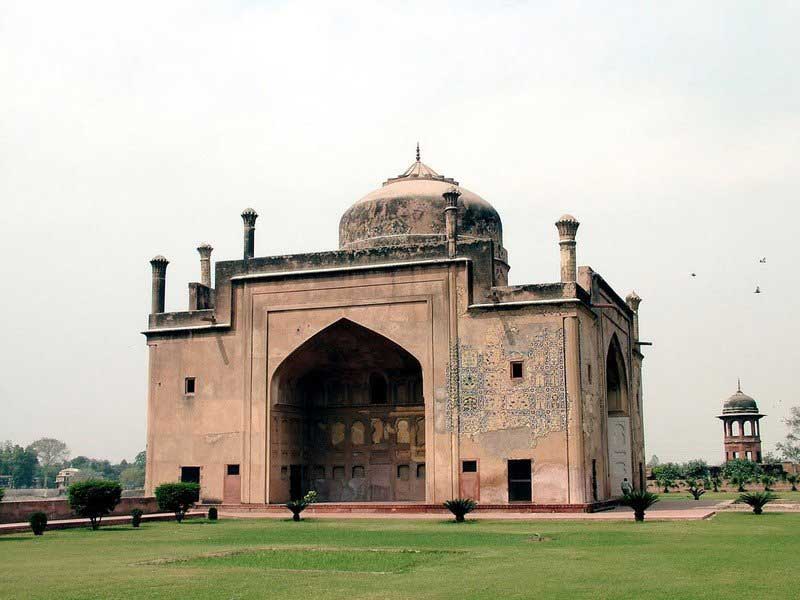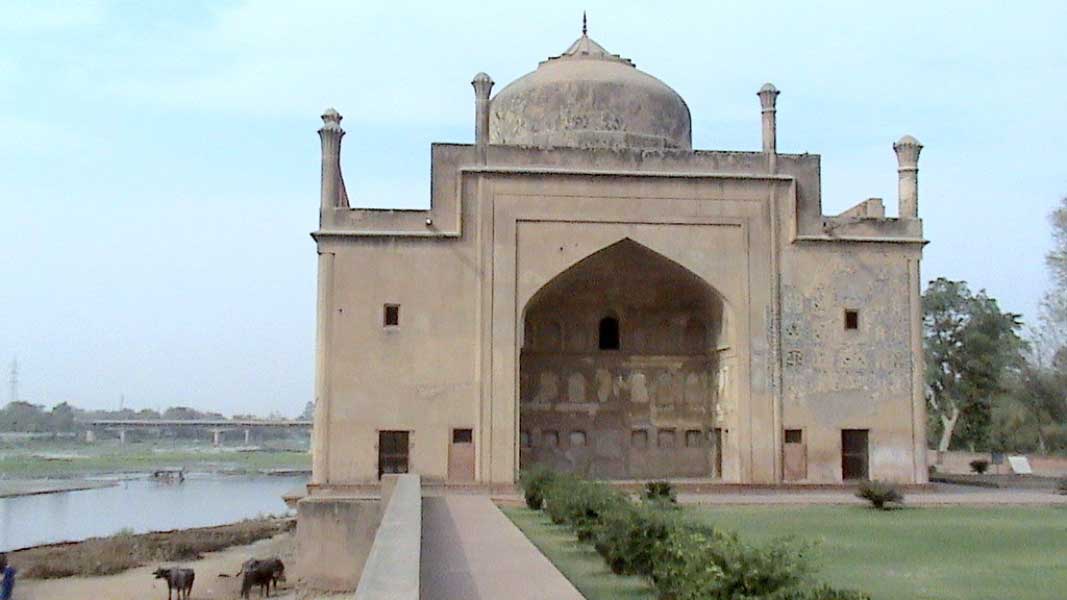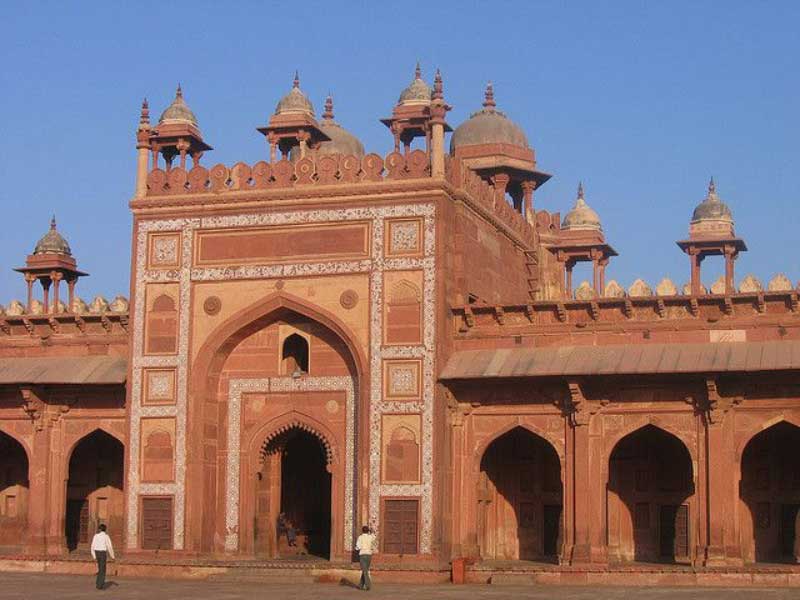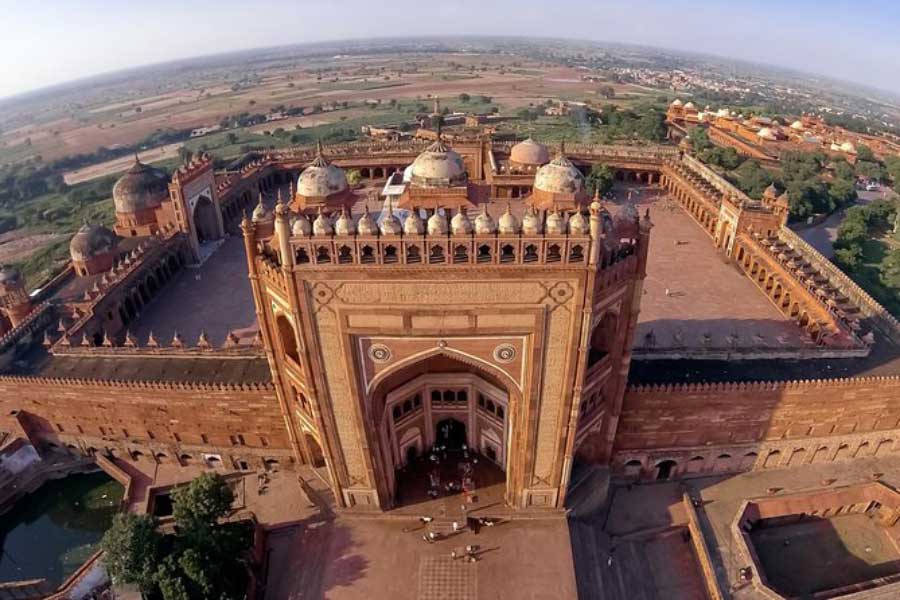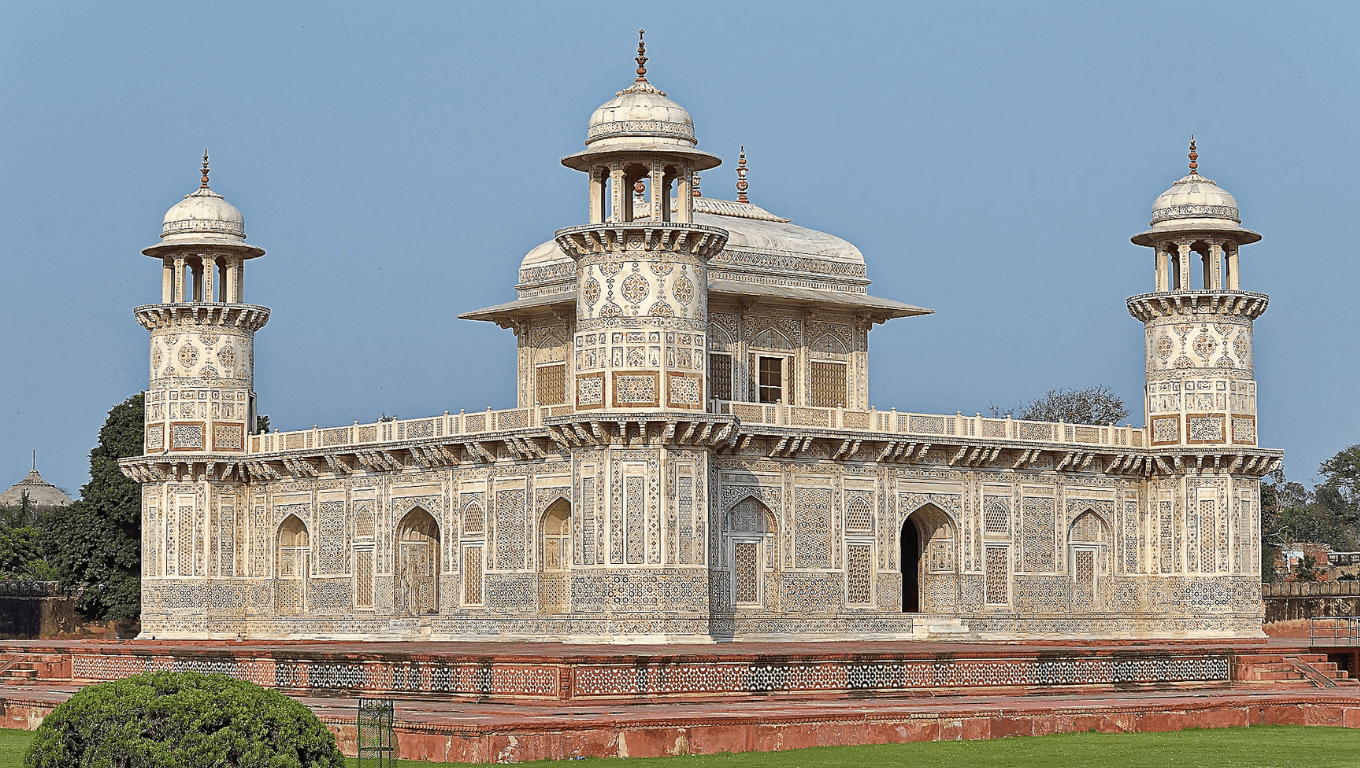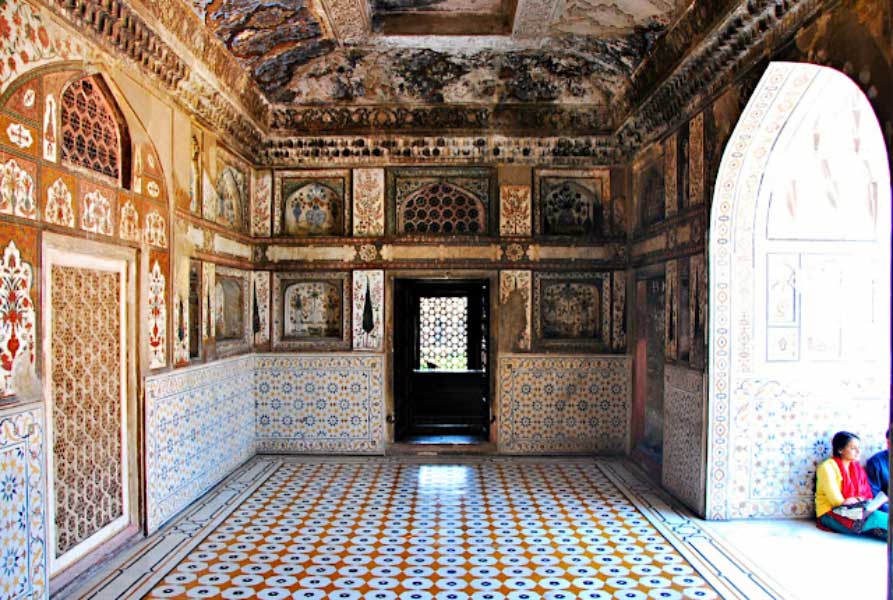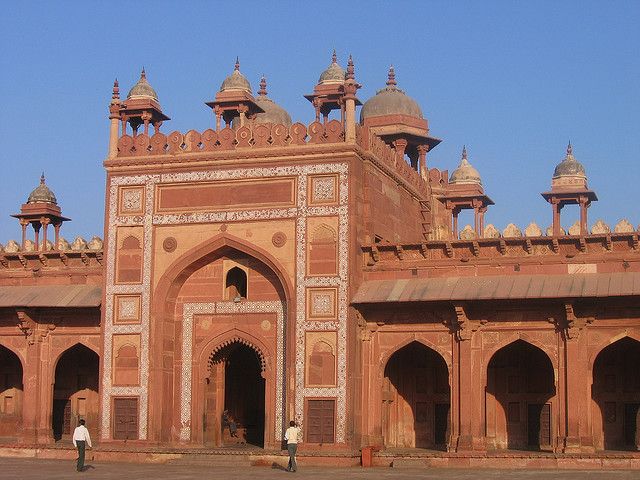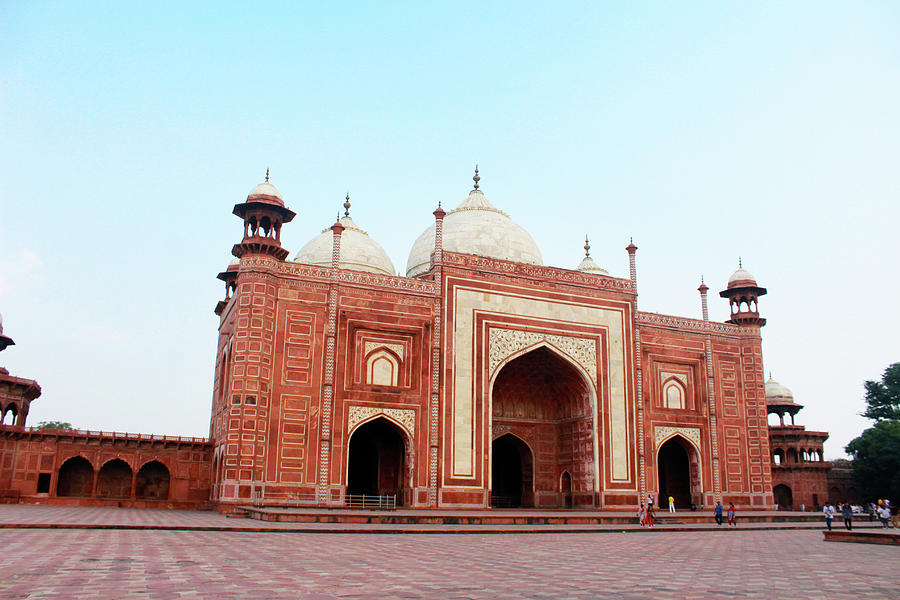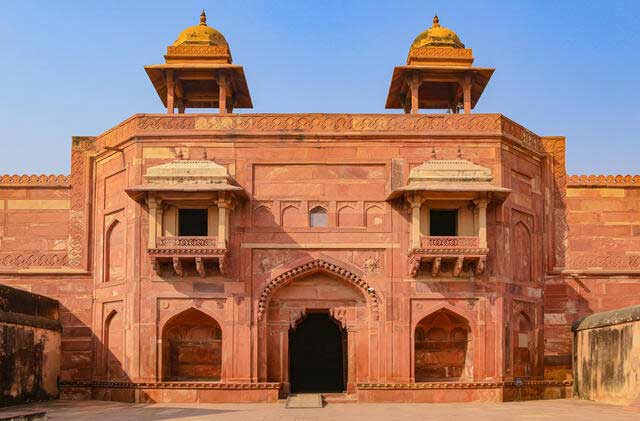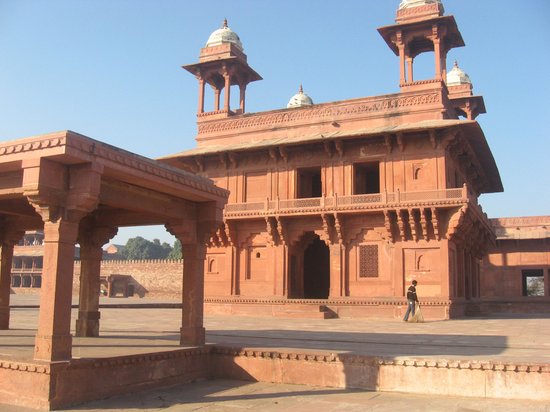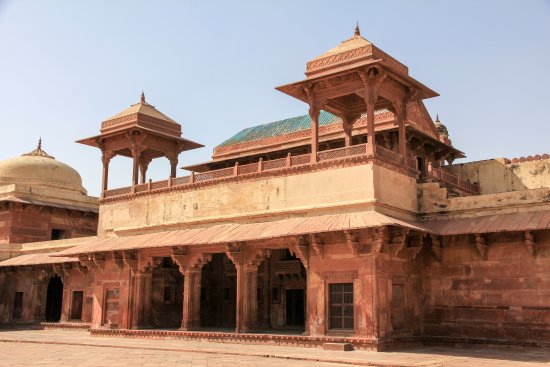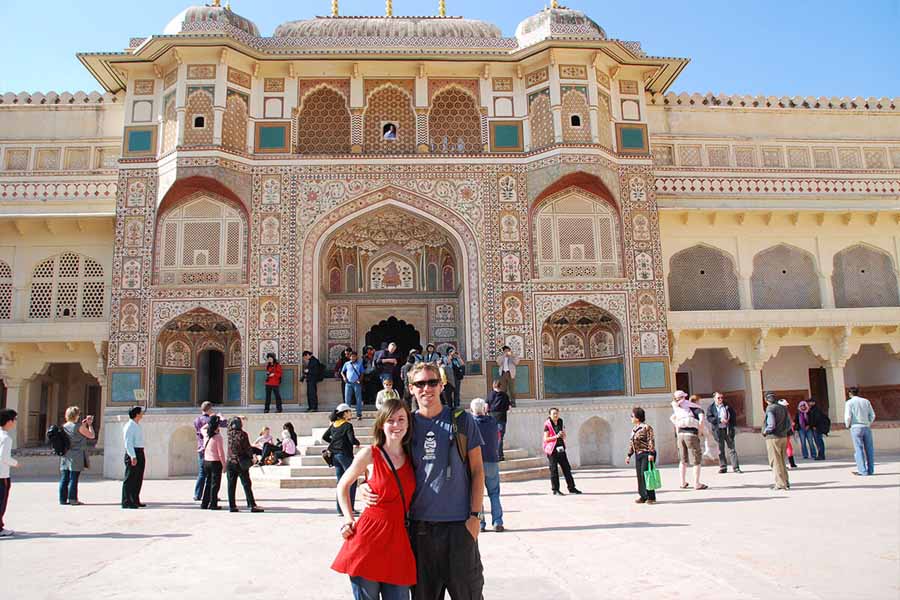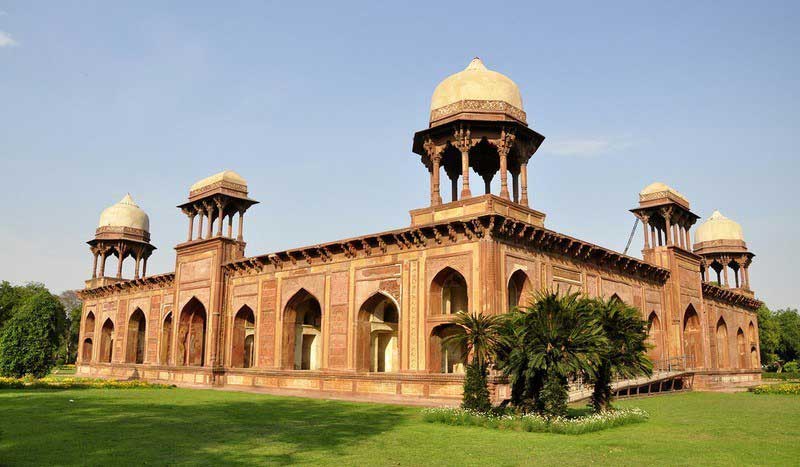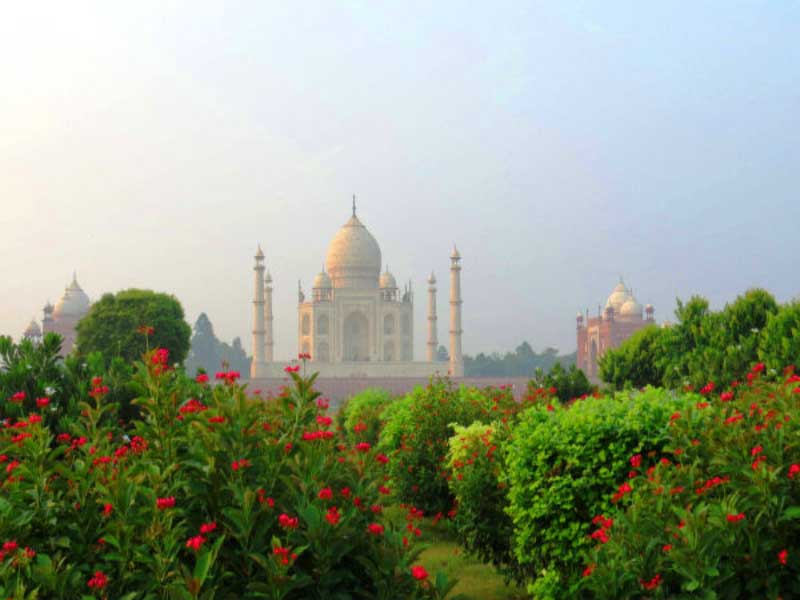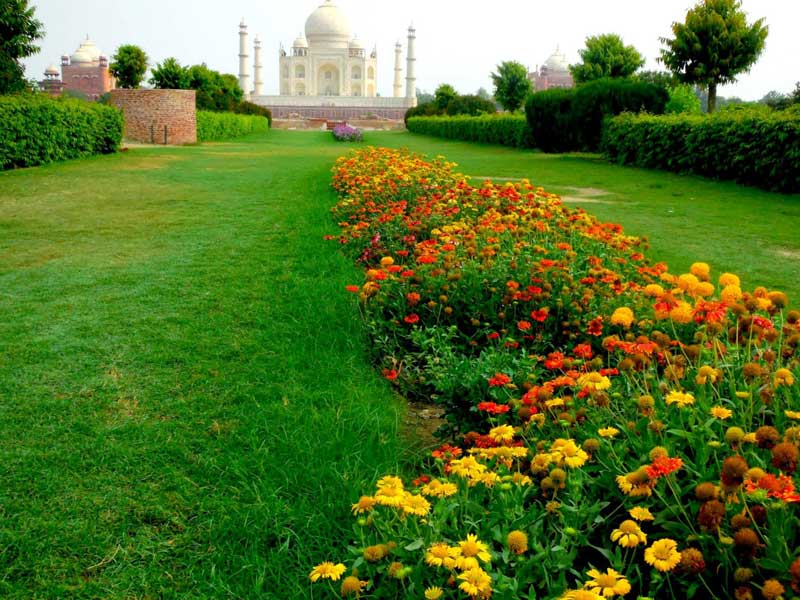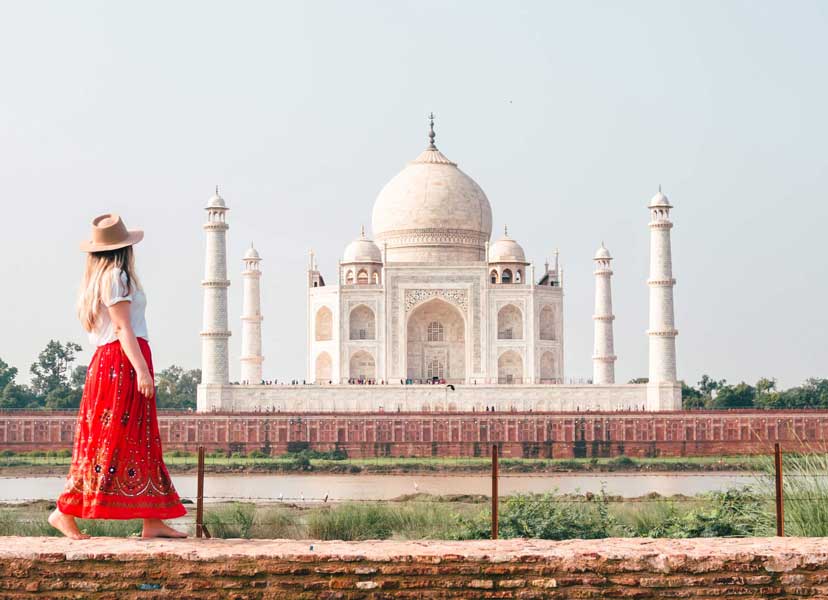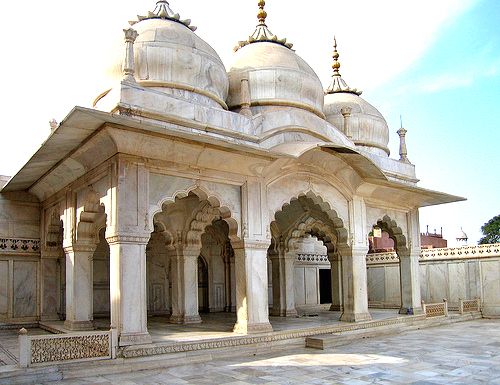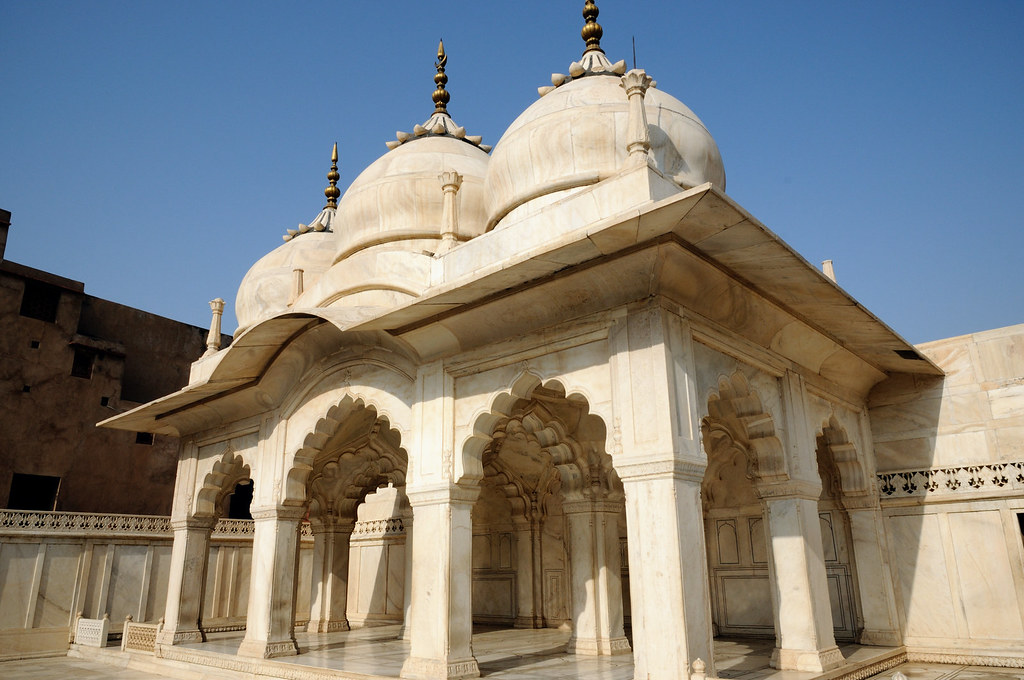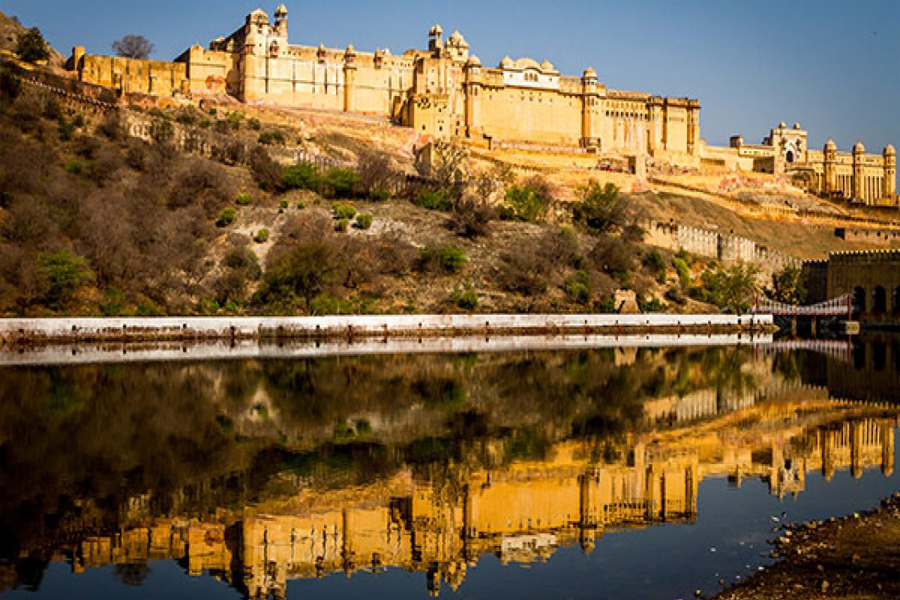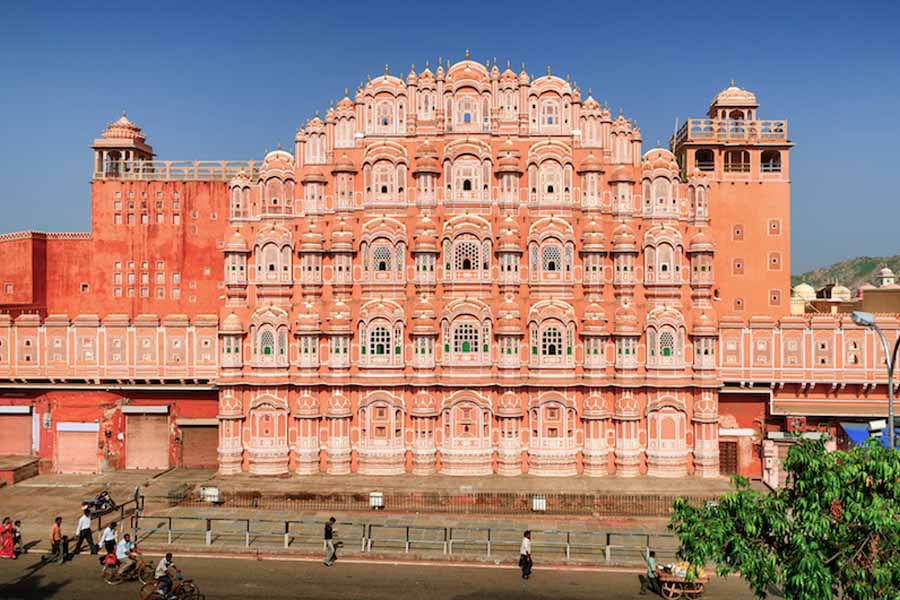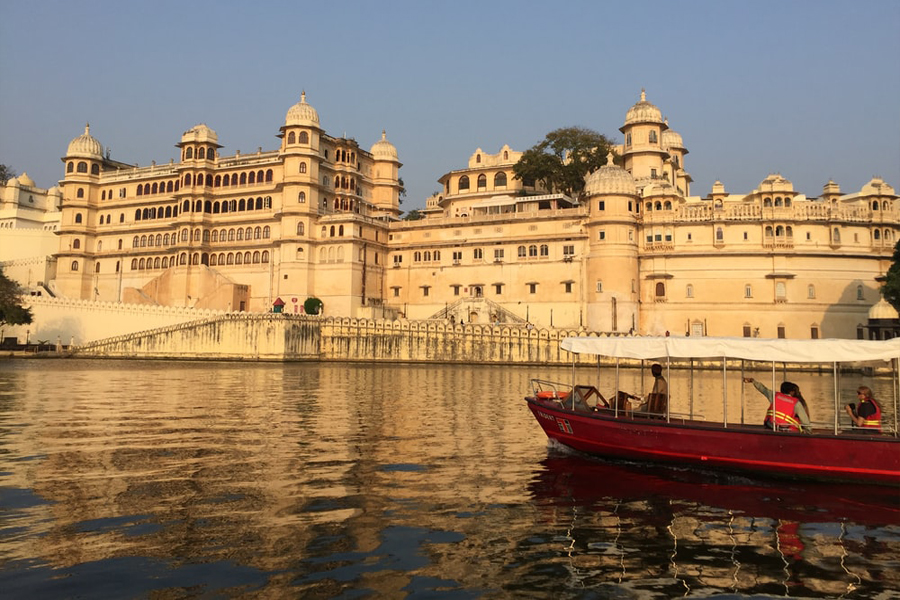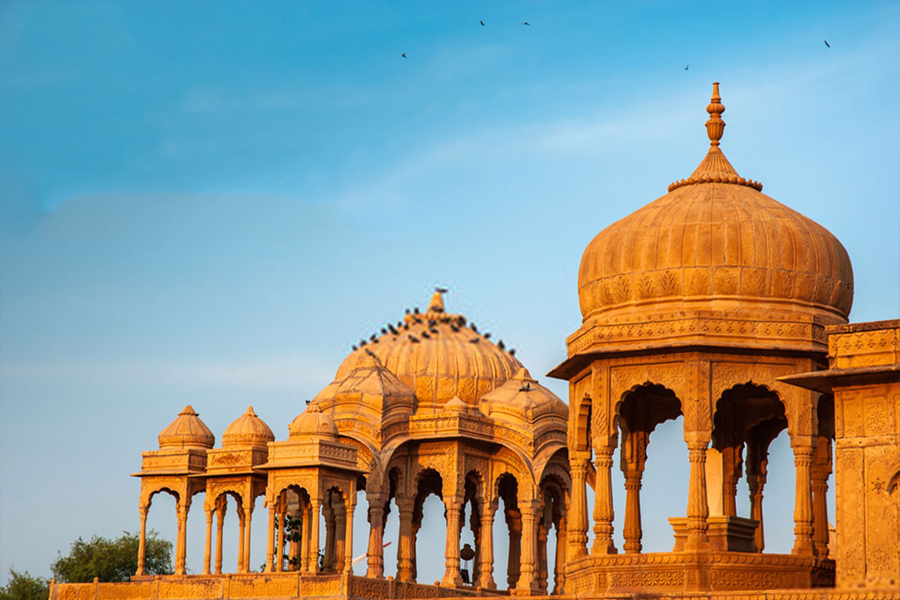A city sitting on the banks of the river Yamuna, Agra has always been a magnet for tourists. There are a plethora of famous places to visit in Agra that you can plan for yourself conveniently. The earliest mention of Agra is found in the historical epic of Mahabharata where Agra is referred to as “Agravana”. Taj Mahal, Agra Fort, and Akbar’s Tomb are the best places to visit in Agra.
The top tourist attractions in Agra are the main reasons for the charm that the tourists feel towards this heritage city. Ptolemy, the renowned geographer, was the first one to mention Agra with its modernity in his accounts in the 2nd century AD. In the Mughal era, Agra came to be known as Akbarabad as well. This name was given by Shah Jahan to mark a remembrance for his grandfather, Akbar. He also rebuilt some of the portions of Agra Fort which was originally constructed under Akbar, which is why Agra Fort comes under the list of best tourist places in Agra.
The divinity and cultural fusion of this area have always offered one the top places to visit in Agra and that is why many landmarks also come under the UNESCO World Heritage sites. Each nook and corner of this city is adorned in rich history. The foundation of modern Agra is accredited to the Lodi dynasty's ruler Sikander Lodi. But it wasn't until Shah Jahan reached the peripheries of Agra that it got transformed into this beautiful heritage city as we see it today.
Also known for being home to lavish handicrafts like Pietra Dura work, which is a marble inlay handicraft, rugs, and leather goods, and the sumptuous Petha, Agra also caters well to shopaholics and foodies now.
Top Attractions:
Taj Mahal: Taj Mahal is a true and beautiful example of old-India architecture. This mausoleum was built in ivory-white marble. Its beauty also landed among the Seven Wonders of the World.
Agra Fort: One of the oldest and biggest forts in the country, it is also called Red Fort as it is made out of red sandstone. The fort was built in the 16th century on the banks of River Yamuna.
Fatehpur Sikri Fort: The fort is in Fatehpur Sikri, and hence the name. Though it has a lot in common with the Agra Fort, as this fort is also made out of red sandstone, this fort tells a more elaborate story.
Mehtab Bagh: This place has a profound aura to it. Lying away from the hustle-bustle and chirpiness of the city life in Agra. This 300 sq. meter park lies opposite the Taj Mahal on the banks of River Yamuna.
Ram Bagh: Ram Bagh is one of the earliest Mughal gardens which was established in 1528 laid out by the founder of the Mughal Dynasty, Babur. It was later renovated under Noor Jahan, the wife of Emperor Jahangir.
Mariam’s Tomb: This unique red sandstone tomb was built in the memory of Emperor Akbar’s wife Mariam Zamani, the mother of Jahangir. After her demise in 1623, Jahangir built this tomb close to Sikandra, the resting place of Akbar.
Akbar’s Tomb: This red-sandstone marble tomb was constructed by Emperor Akbar, later finished by his son Jahangir. Sikandra is the name given to the tomb of Akbar and his grave lies here in a dark chamber.
Itamud ud Daulah’s Tomb: A classic relic of design and construction, this tomb was built under Empress Noor Jahan in loving memory of her father Mirza Ghias Beg. This white edifice is considered a predecessor of the Taj Mahal.
Jama Masjid: The Jama Masjid houses an open forecourt constructed in 1648 AD by Jahanara Begum, Shah Jahan's daughter. The construction of Jama Masjid took about 5000 workers and was completed in 6 years.
Mehtab Bagh: Mehtab Bagh is a park originally built by Emperor Babur as the last one of the 11 parks on the banks of Yamuna. This park is now one of the top places to see the great mausoleum.
Chini ka Rauza: This place is a catacomb of Shah Jahan’s Prime Minister Afzal Khan Mullah. The edifice is set in well-maintained gardens, known for its blue glazed tiles made from Chinese clay brought from China.
Nagina Masjid: Nagina Masjid is a mosque located in Agra Fort, constructed with white marble and with a creatively constructed praying chamber meant for the personal use of the Emperor.


